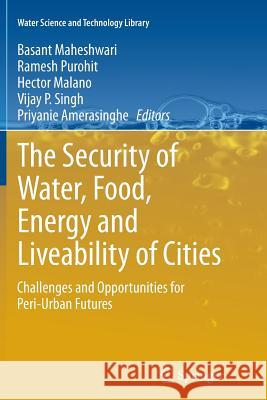The Security of Water, Food, Energy and Liveability of Cities: Challenges and Opportunities for Peri-Urban Futures » książka
topmenu
The Security of Water, Food, Energy and Liveability of Cities: Challenges and Opportunities for Peri-Urban Futures
ISBN-13: 9789402400397 / Angielski / Miękka / 2016 / 489 str.
The Security of Water, Food, Energy and Liveability of Cities: Challenges and Opportunities for Peri-Urban Futures
ISBN-13: 9789402400397 / Angielski / Miękka / 2016 / 489 str.
cena 605,23
(netto: 576,41 VAT: 5%)
Najniższa cena z 30 dni: 578,30
(netto: 576,41 VAT: 5%)
Najniższa cena z 30 dni: 578,30
Termin realizacji zamówienia:
ok. 22 dni roboczych.
ok. 22 dni roboczych.
Darmowa dostawa!
Kategorie:
Kategorie BISAC:
Wydawca:
Springer
Seria wydawnicza:
Język:
Angielski
ISBN-13:
9789402400397
Rok wydania:
2016
Wydanie:
Softcover Repri
Numer serii:
000176378
Ilość stron:
489
Waga:
0.70 kg
Wymiary:
23.39 x 15.6 x 2.62
Oprawa:
Miękka
Wolumenów:
01
Dodatkowe informacje:
Wydanie ilustrowane











